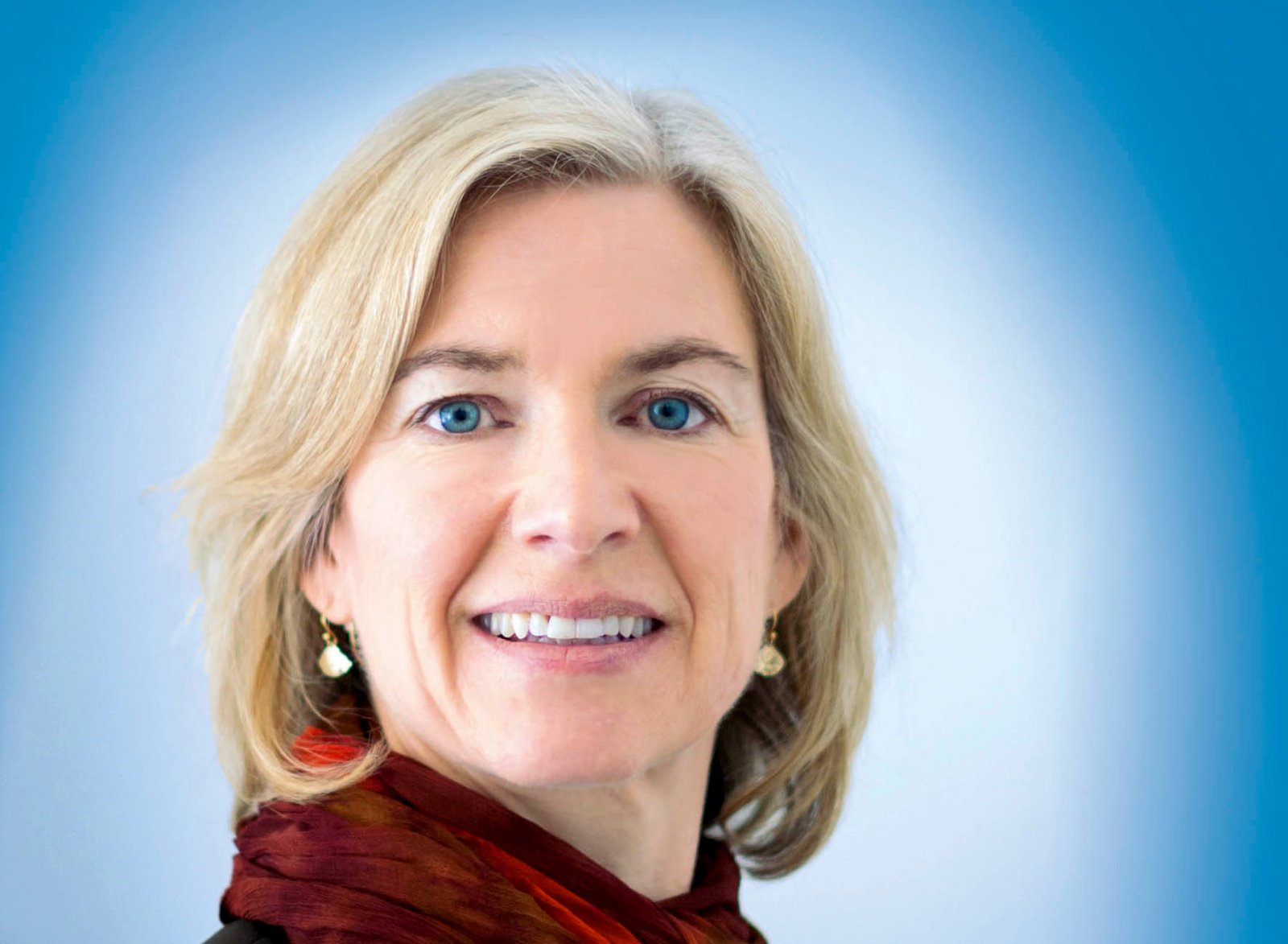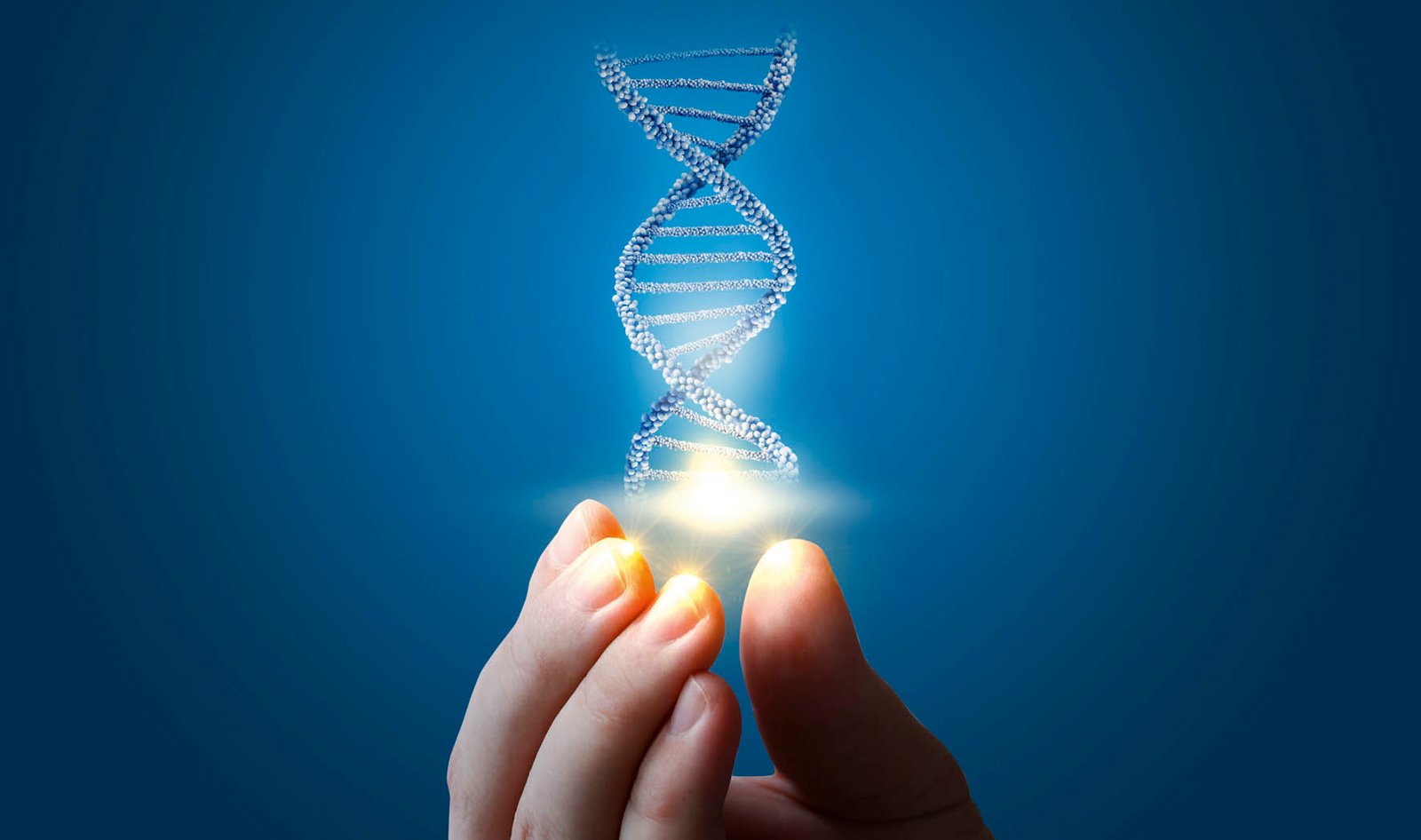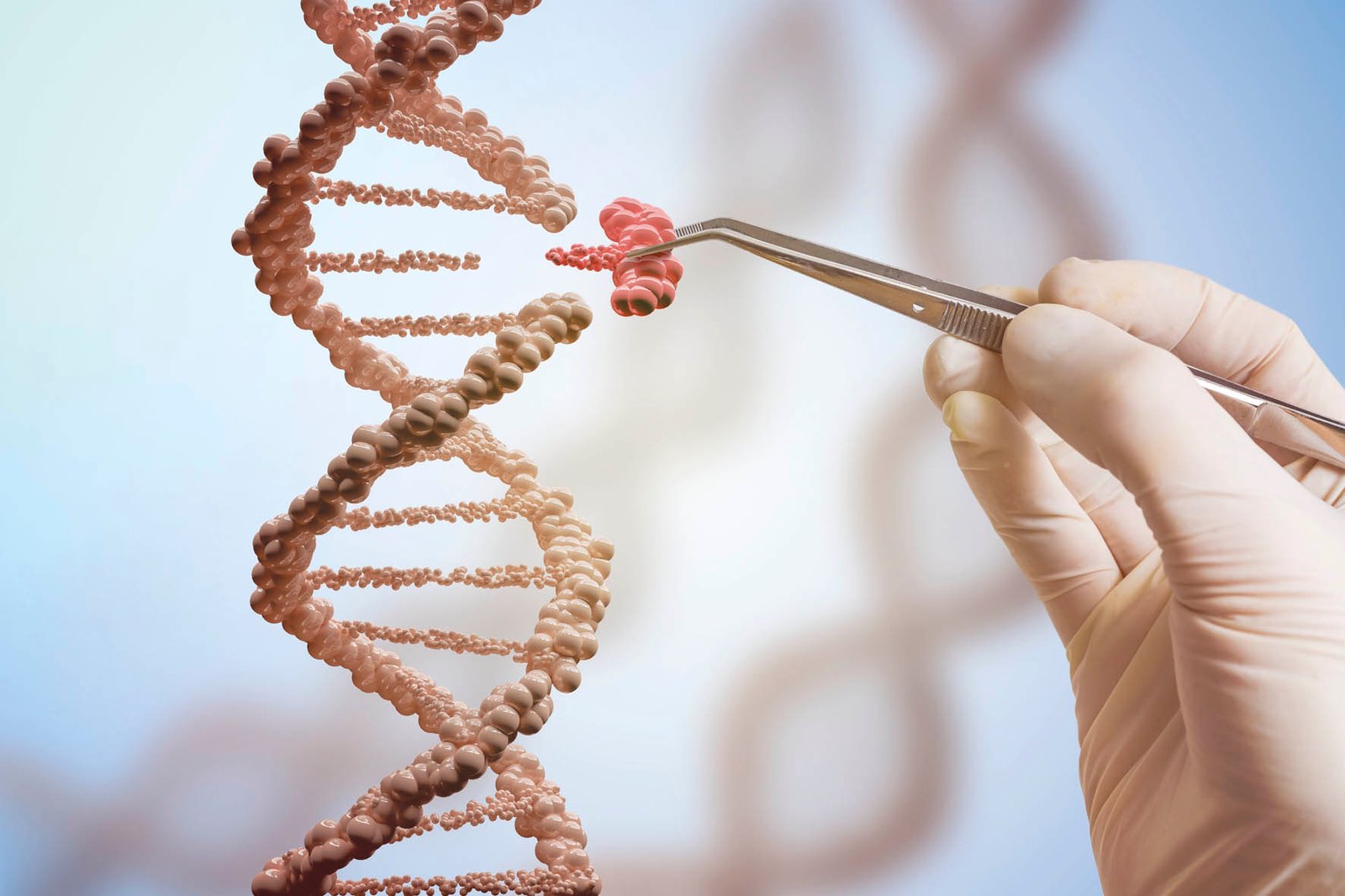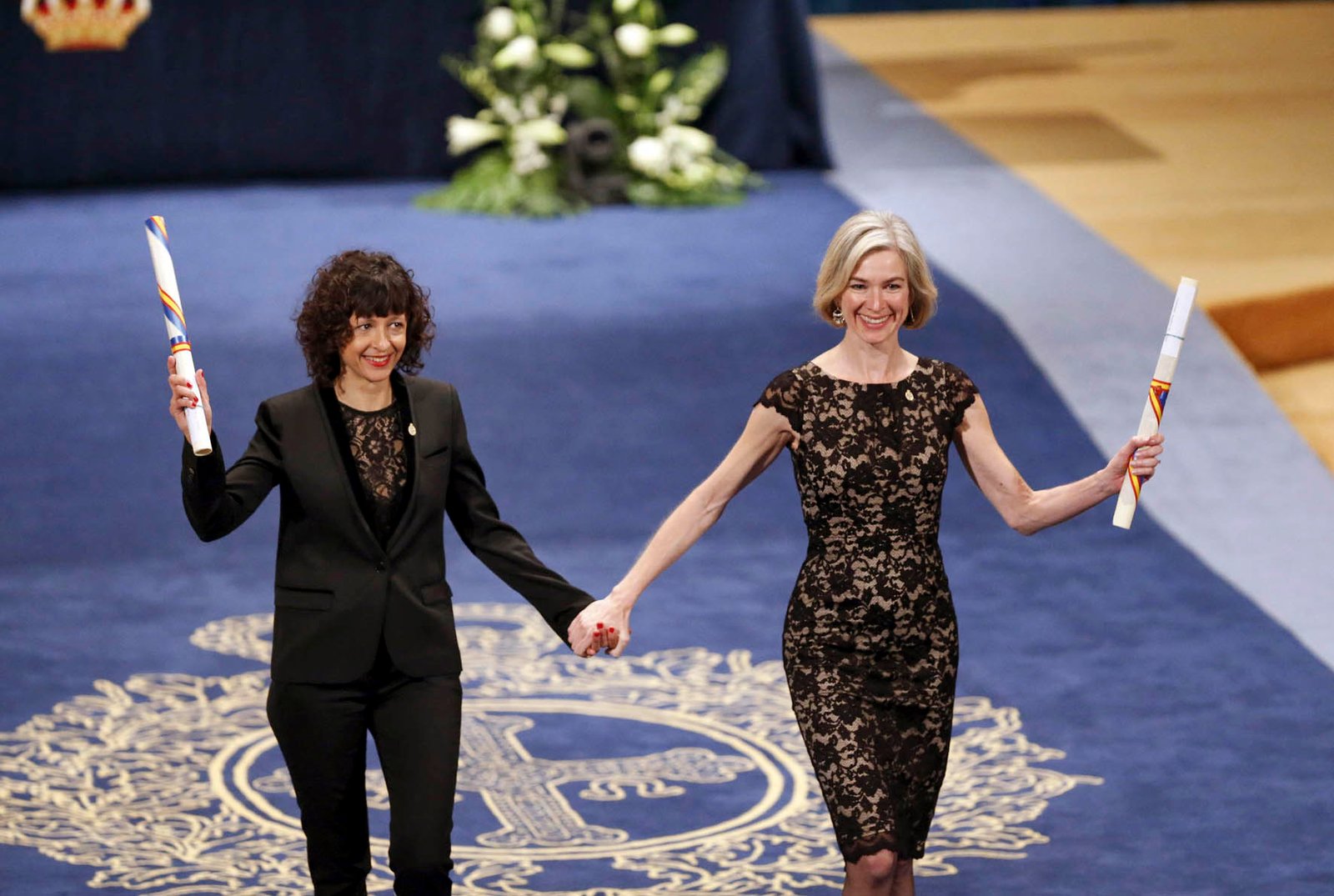
The Intellectual Odyssey of Jennifer Doudna
By: Ángela Posada-Swafford*
Photos: LatinStock, Shutterstock, EFE
*www.angelaposadaswafford.com
Can genome editing be as easy as cutting with scissors? Seven years ago, Jennifer Doudna, in collaboration with her colleagues, proved this to be true. Now, laboratories all over the world are editing the genes of living organisms just like a systems engineer modifies codes or a magazine editor rearranges words in an article. Doudna, a biochemist and professor at the University of California Berkeley, has descended from her ivory tower to face the tremendous implications, both good and bad, that emerged when she opened this Pandora’s box.
I met her a year ago in Oslo, Norway, where she was receiving the Kavli Prize, which many consider a lead up to the Nobel. I once described Doudna as a great white heron. Tall and thin with an intense look and deliberate manners, Doudna speaks with frankness and human warmth. Our conversation focused on her intellectual odyssey and her scientific process: how did she make the discoveries she did and what are the consequences for humanity? These are important questions because the work of Jennifer Doudna and her French colleague, Emmanuelle Charpentier, will undoubtedly change human destiny forever.
“I grew up in Hawaii, a small island in the middle of the Pacific, and I was fascinated by the chemical process of life and the evolution of the magnificent organisms that I saw around me. I wanted to understand how they got there. My father taught literature and my mother, history.”

“When I was twelve years old, they gave me a copy of James Watson’s book The Double Helix. But it really was a middle school teacher who sparked my fascination with science by teaching me that science is about the discovery process. And I was really interested in the idea of understanding how molecules function in the human body.”
Following that passion, Doudna majored in biochemistry in college and then attended Harvard Medical School, where she earned a PhD in Biochemistry and Molecular Pharmacology. “I remember an amazing class on how bacteria produce toxins to poison other bacteria,” she said in awe. “Among other things, what I learned at Harvard was to identify a problem, starting with the big questions we have about science, and then focus it with the right question in order to study a big topic. My first job was at Yale University, which is home to some of the world’s most important experts in my field; eight years later I decided to move to the University of California at Berkeley because I saw very interesting research opportunities and I also loved the weather in California,” she adds, laughing.
At Berkeley, Doudna discovered that small pieces of RNA (ribonucleic acid) in the nucleus of each cell are able to control the way certain proteins are made. “And that was incredible, because one day a professor of planetary science called me and told me that in her work she had seen how, for millions of years, bacteria have been using RNA to prune the genetic material of the viruses that invade their cells, as if they were gardeners,” recalls Doudna. “So I completely immersed myself in studying this process in bacteria, called CRISPR (for its acronym in English). I never imagined that a planetary geologist would give me such an interesting piece of information! For me, this was a dramatic illustration of the true interdisciplinarity of science.”

Shortly afterward, at a conference in Puerto Rico Doudna met the geneticist and biochemist Emmanuelle Charpentier of the Max Planck Institute in Berlin, who was also working on the topic of how bacteria repel their viruses. “And we began to study a particular protein involved in this process, called Cas-9, which no one understood well,” said Doudna, her eyes bright. “Well, the thing was that we discovered how this Cas-9 is able to identify the location of any segment in the strand of a virus’s DNA molecule and cut it, literally, just like a pair of scissors can cut a string in two; a pair of scissors that comes complete with its own GPS to know where it has to go.”
But the real revolution came when the researchers realized that these Cas-9 “scissors” could be used to cut the DNA of any living organism, not just bacteria. “It was possible to reprogram it in the laboratory to, for example, selectively cut the sequences of a defective gene responsible for producing a hereditary disease, such as sickle cell anemia. I remember that day well. I was in my laboratory with an assistant and the hair on the back of my neck stood on end.”
It’s a very powerful technology that is widely applicable in all biology. It was adopted very quickly in labs around the world, said the researcher. “The reason is that it is very easy to use. We have students editing human cells just a few weeks after arriving in our lab. It’s incredible! It’s opening the door of opportunity for science. The applications are multiplying and science is advancing at an amazing pace thanks to this tool.”

EFE/J.L. Cereijido
But the CRISPR-Cas-9 also has ethical, political, and even national security implications. “I have gone through a profound evolution during these last years, recognizing that this project, which began as an attempt to understand fundamental science, has resulted in a technology that is not only revolutionary, but full of implications.
So I had to make a decision about how I was going to handle this issue. At first I felt very uncomfortable with the idea of speaking in public about this, because, like many scientists, I felt that I was not trained professionally or bioethically to talk about the implications and I also have a full-time job in a lab and teaching at a university. But I understood that I had to face this responsibility because, after all, I was the co-creator of this genome editing system.”
Eventually, politicians, attorneys, and bioethicists will have to understand the science behind genome editing because they will be the ones to design the laws that regulate the way society uses this new knowledge.
“This tool that we have is a tool for democratization, which is both a blessing and a curse at the same time,” concludes the scientist.



